Life Between Islands: Caribbean-British Art 1950s–now at Tate Britain

Tate Britain celebrates the unique and rich contribution of British Caribbean artists in a multimedia exhibition, bringing together paintings, video installations, photographs, sculptures and more, spanning around a century but mostly focused on the post-Windrush years until the present time.
Life Between Islands traces the evolution of the British Caribbean cultural identity and its ever transmuting form. Rather than present a neat, defined picture, it shows the merging of cultures and traditions in all their complexity. The artists represented are mostly Caribbean-born, hailing from Jamaica, Barbados, Trinidad and Tobago and various other islands. It was only once they arrived in the UK that these artists found themselves united by their West Indian origins. With the British influence playing an additional, significant, role in their formation, the body of work included in the exhibition is very diverse.
On one hand, there was a fruitful contamination that resulted in a unique hybrid of self-expression. Many of the artists followed the mid-20th century trend of making abstract art, but they often added novel elements and approaches inspired by their rich backgrounds and diaspora experience. On the other hand, there were cultural clashes and questions of racism that almost inevitably introduced a political element to their artistic identity. Activism played a significant role in the lives of many of the artists, and social themes recur frequently in their art. This cultural complexity is also reflected in the set-up of the exhibition. The works on display follow a loose chronology and the themes are mixed up, although they often naturally overlap.
There are several imposing pieces to be seen, including the vibrant paintings of Trinidadian artist John Lyons, which evoke folkloristic characters of his native island and traditions surrounding carnival celebrations. Equally striking are the works of Barbados-born painter (and musician) Paul Dash, whose use of a darker palette adds a melancholy tone to the community scenes he represents. There are also intimate photographs capturing members of the Notting Hill Caribbean community in the 1960s, taken by photographer Charlie Phillips, of Jamaican origin. Recent works include a touching series of portraits by artist Barbara Walker depicting her son, sketched on photocopies of the police forms he was handed on the numerous occasions that he was stopped and searched.
Life Between Islands is a timely and compelling exhibition. The collection of memories, visual expressions and photographic snapshots included, even the ones that portray seemingly mundane moments, reveal themselves, now more than ever, to be charged with great significance and value, both historically and artistically.
Mersa Auda
Life Between Islands: Caribbean British Art 1950s–now is at Tate Britain from 1st December 2021 until 3rd April 2022. For further information visit the exhibition’s website here.

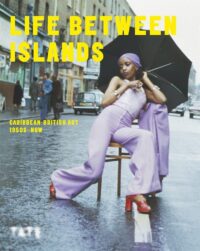

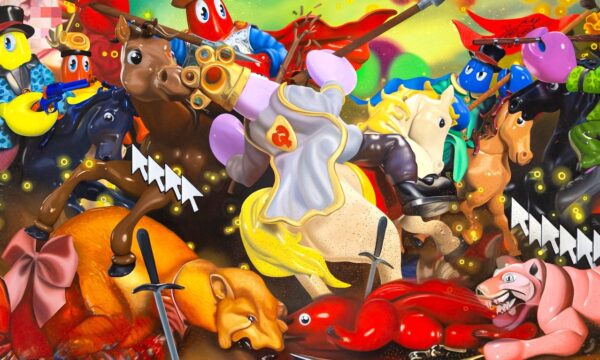
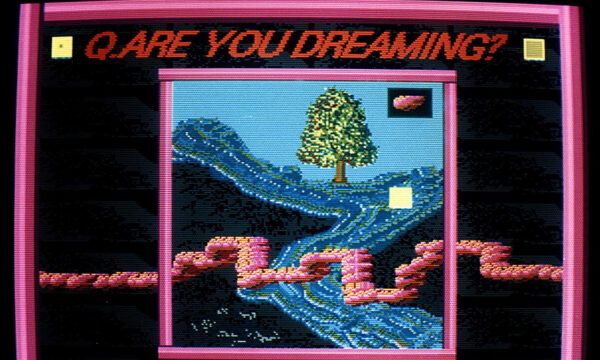
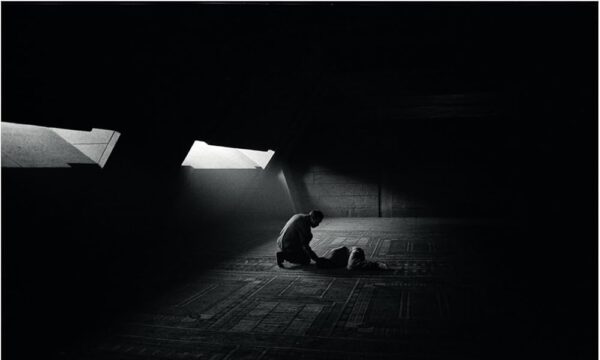
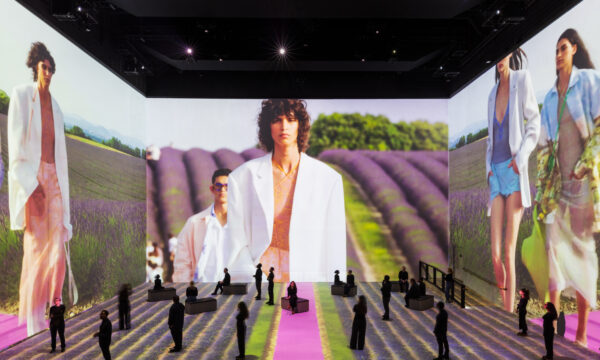
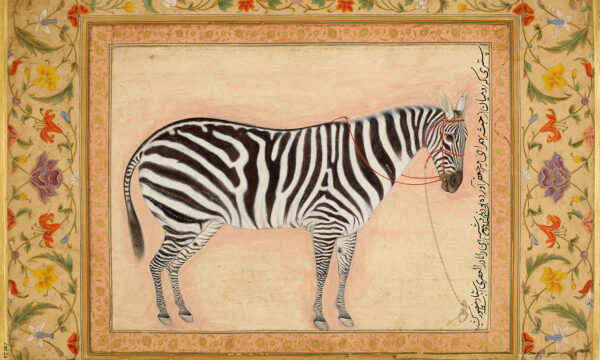

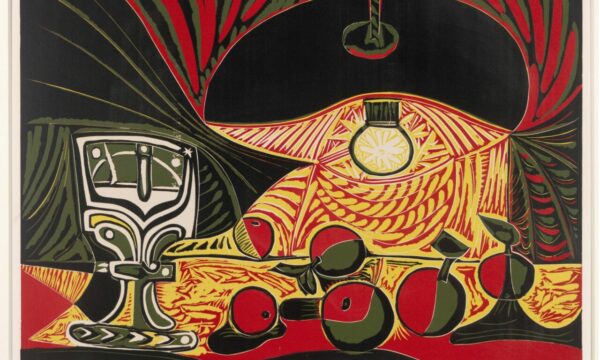
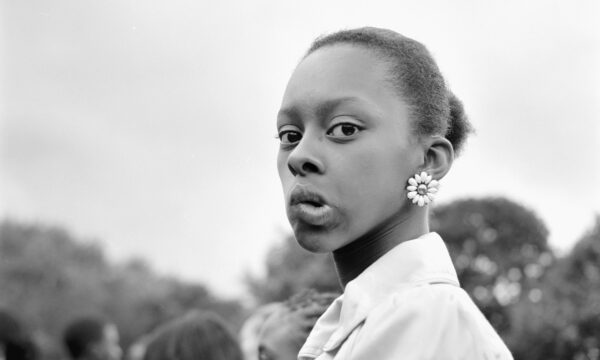






Facebook
Twitter
Instagram
YouTube
RSS